“This magnolia petal loaf was the first botanical bread I ever made. I used magnolia petals from my garden, as we have a few well-established trees, and every May we get a wonderful display of white and purple blossoms. A short-lived display ends up as a slippery carpet of decaying blossoms, which made an obvious choice to use as my first botanical fermentation. Your baked loaf will have a subtle floral aroma and a crispy, golden crust with a soft, moist crumb inside. You will amaze your friends and family when you explain how you made this loaf.” – Paul Barker
Note: As these petals are only available for a short period, you can substitute them with other edible flowers (please check they are edible before using).
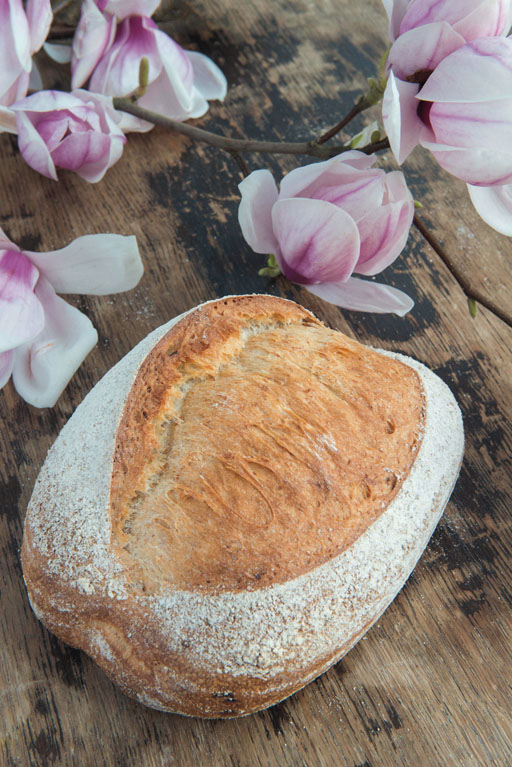
The Floral Loaf
Yields: 2 Small Loaves
Ingredients:
500g (171/2 ounces) strong white bread flour
10g (1/3 ounce) salt
200g (7 ounces) magnolia petal botanical culture (see below)
330g (111/2 ounces) magnolia botanical water
Method:
1. Weigh the dry ingredients separately, then place them in a plastic bowl, flour first then the salt.
2. Add the magnolia petal botanical culture and magnolia petal botanical water then combine until a dough starts to form and the sides of the bowl are clean.
3. Remove the dough from the bowl and knead on your work surface until it becomes smooth and elastic (approximately 15 minutes). Use the windowpane test to check if the dough is fully developed.
4. Divide the dough into 2 x 500g (17 1/2 ounces) pieces and gently form into balls.
5. Place the balls into a lidded plastic box and leave for 30 minutes.
6. Remove the dough from the plastic box, gently re-round the dough and place back in the box for a further 30 minutes.
7. For a second time, remove the dough from the plastic box, gently re-round the dough and place back in the box for another 30 minutes.
8. Finally remove the dough from the plastic box and shape into sausages and place into two small proving baskets, pre-dusted with a flour/ground rice mixture.
9. Place them into a covered plastic box and leave to prove. This could take between 2-4 hours, depending on the activity of your botanical culture and botanical water.
10. When fully proved, generously sprinkle some ground rice or semolina on your pizza peel or flat thin baking tray, then turn out the dough from the proving basket.
11. Slash the top with a Lame or sharp knife.
12. Slide the dough onto your baking stone or heavy baking tray in your preheated oven and steam it.
13. Bake at 220ºC (425°F) until golden brown (approximately 25 minutes).
14. Remove the baked loaves from the oven and place on a cooling wire.
Magnolia Petal Ferment
Place plenty of freshly picked magnolia petals in your jar, add some honey (approximately 5% of the weight of the petals), fill with water and close the lid. Allow 2-3 weeks for an active fermentation. You may need to add more honey to the magnolia petals during this period. You can also add more petals during this period as they will compact and turn brown during fermentation.
Magnolia Petal Culture:
Mix 25g (1 ounce) flour (wheat or rye) with 25g (1 ounce) botanical water into a paste in your tub and place the lid on.
You now have 50g (2 ounces) total weight of botanical culture.
Leave it somewhere cool for 12 hours.
(1st feed)
After 12 hours fermentation add a further 25g (1 ounce) flour and 25g (1 ounce) botanical water and stir to a smooth paste.
You now have 100g (4 ounces) total weight of botanical culture.
Leave it somewhere cool for a further 12 hours.
(2nd feed)
After 12 hours fermentation add 50g (2 ounces) flour and 50g (2 ounces) botanical water and stir to a smooth paste.
You now have 200g (7 ounces) total weight of botanical culture.
Leave it at ambient to ferment for approximately 4-6 hours to double in size before using it in a dough.
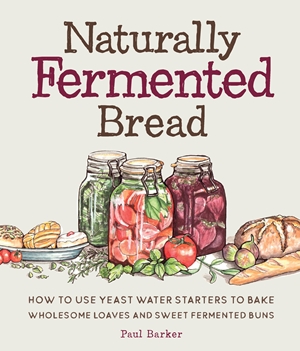
Recipe from Naturally Fermented Bread: How to Use Yeast Water Starters to Bake Wholesome Loaves and Sweet Fermented Buns by Paul Barker, published by Quarry Books (rrp £19.99), Photo © Joanna Good
About Naturally Fermented Bread
Learn to bake healthy, gut-friendly loaves and sweet fermented buns using wild yeasts cultivated from fruits, flowers, vegetables, and plants. Like sourdough baking, yeast-water or botanical bread baking draws on the amazing process of fermentation and the ancient art of breadmaking. The method described in this book, while unique, is informed by the author’s knowledge of both bulk fermentation and sourdough bread baking, resulting in an innovative process and delicious, nutritious results.
To bake naturally fermented bread – fruit, vegetables, plants, or flowers are submerged in water and left for a few days to a few weeks to ferment. Yeasts living in this newly fermented water, or botanical water, will, like a sourdough starter, raise the dough more slowly than commercial fresh or dried yeast resulting in a more flavourful and gut-friendly bread.

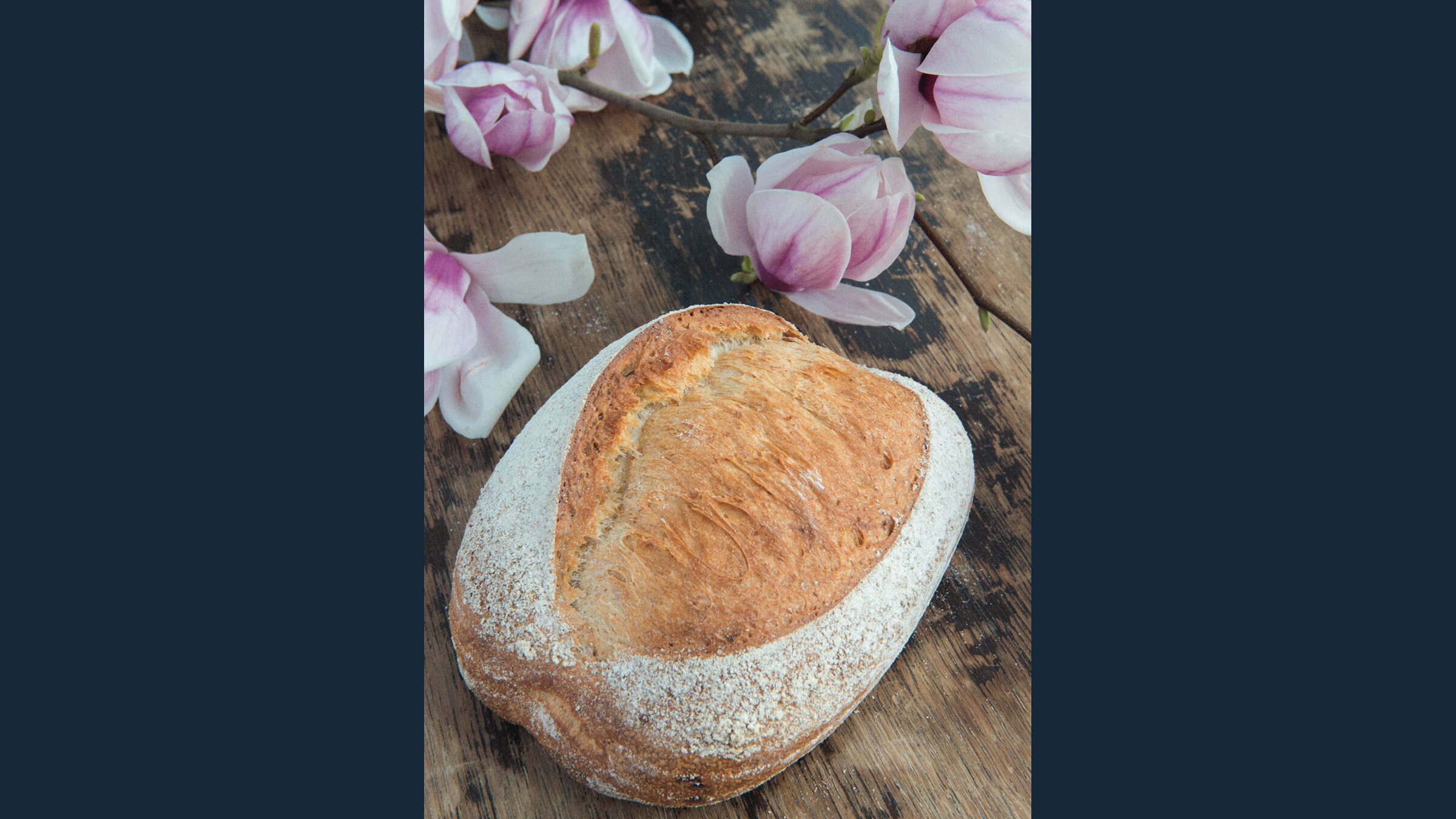
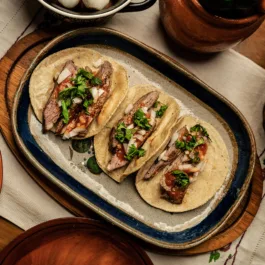
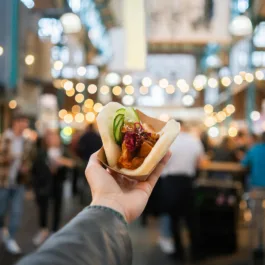
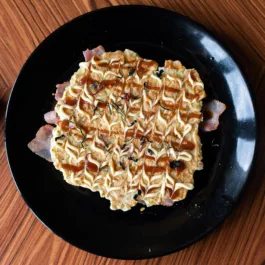

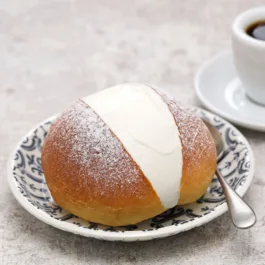


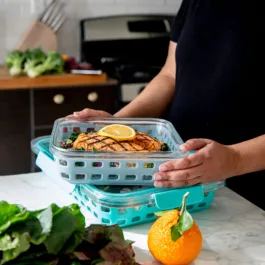

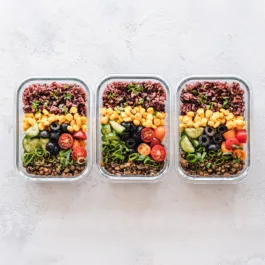

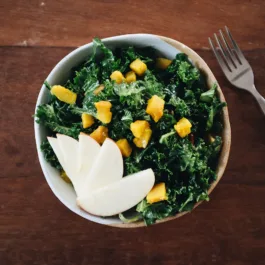
Sorry, the comment form is closed at this time.